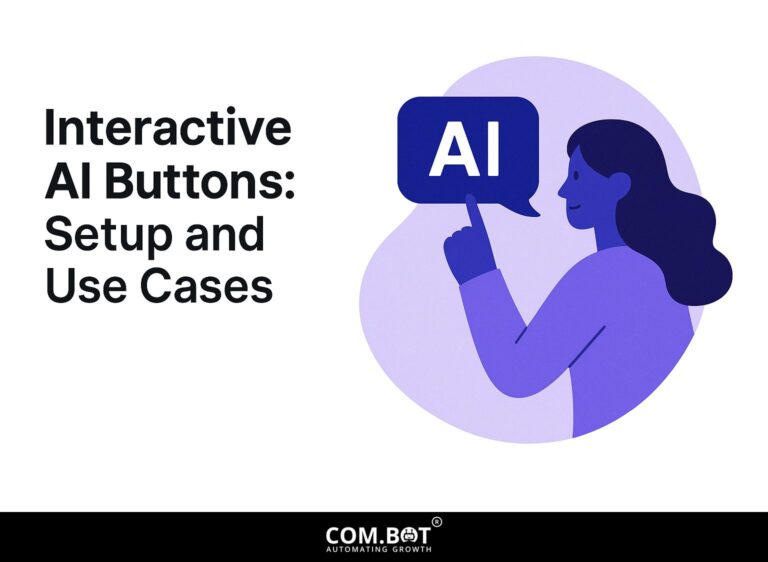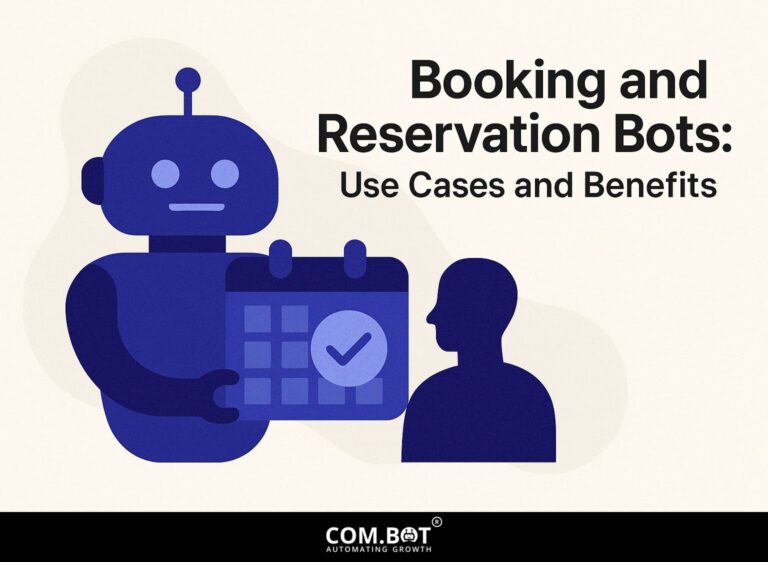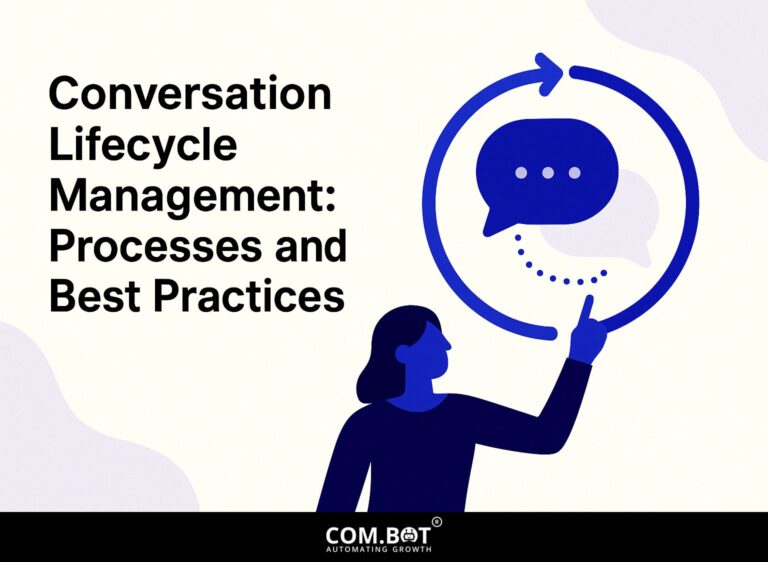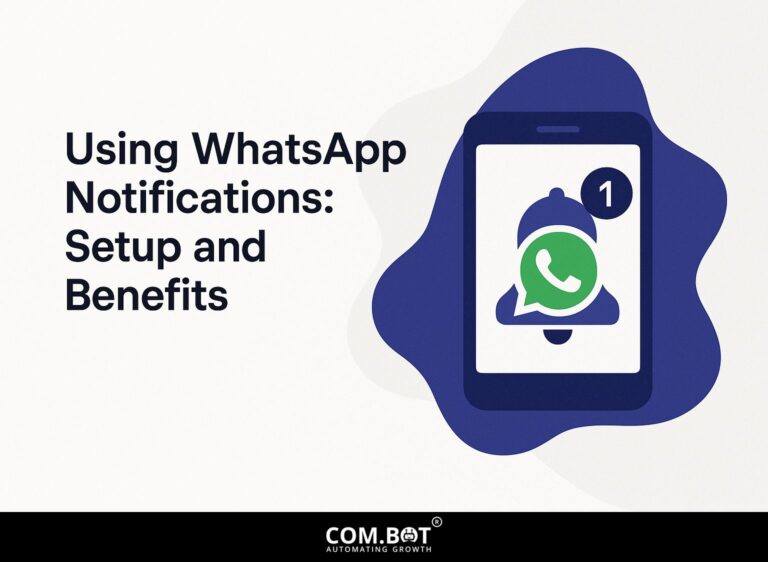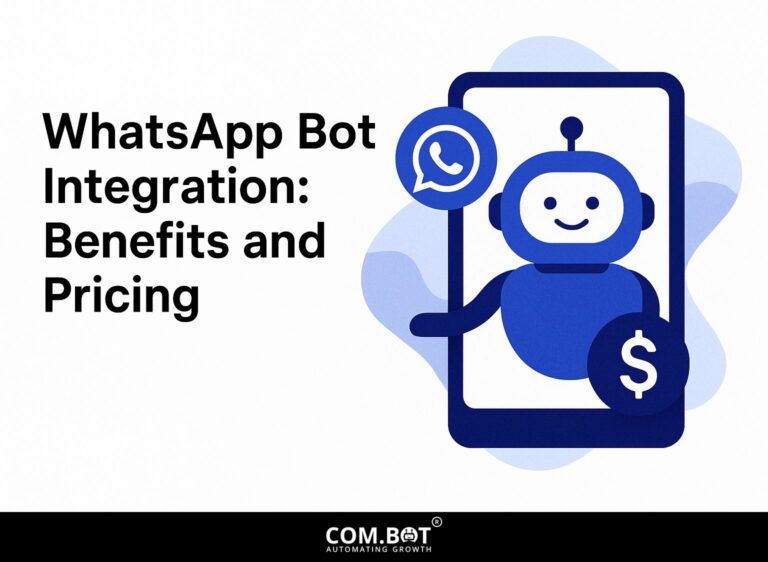Webhook Integration with WhatsApp API: Setup
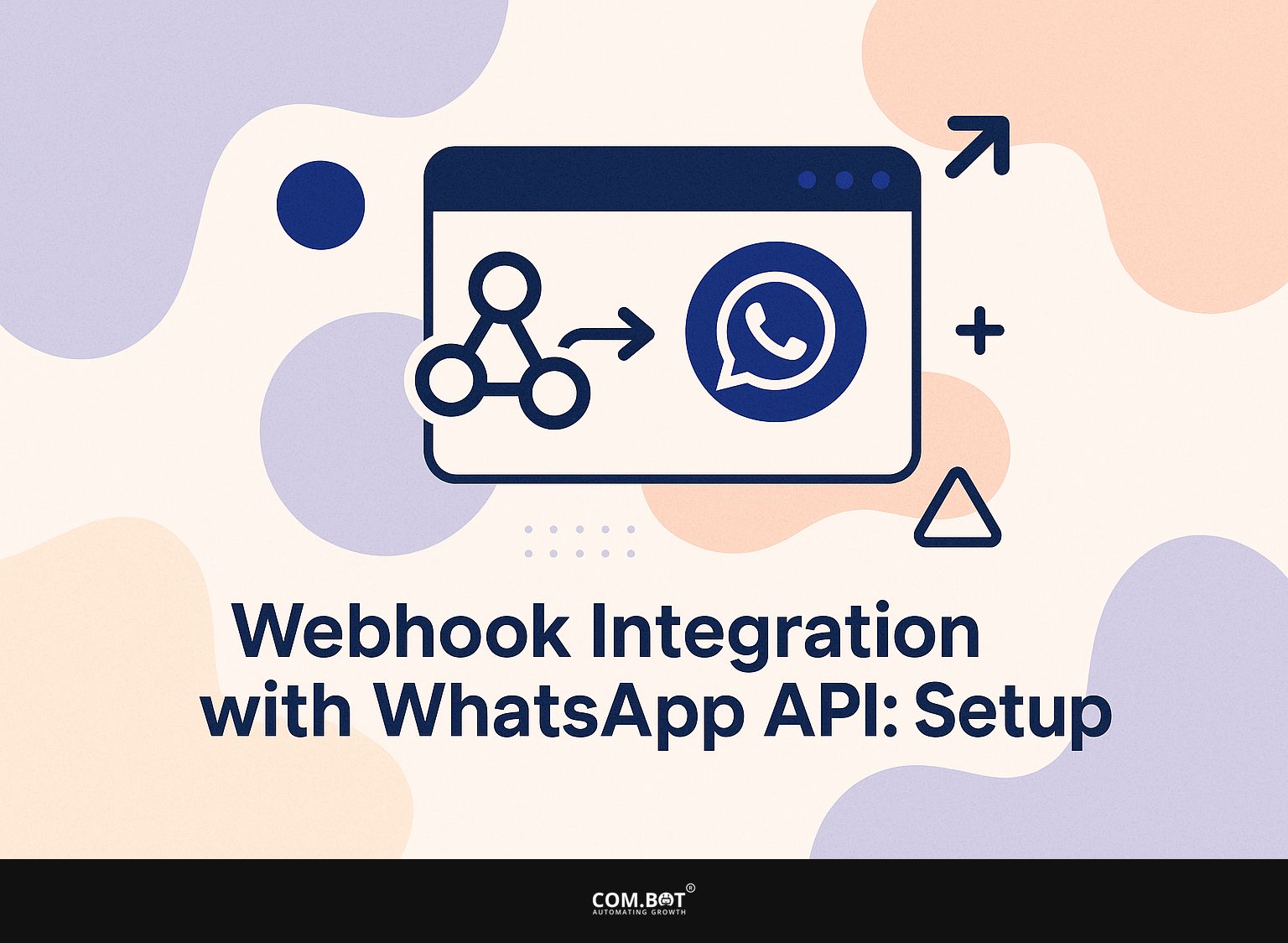
Learn how to use webhook integration with the WhatsApp API for real-time communication. This guide will show you how to set up webhooks using Postman, allowing easy HTTP notifications for your applications. Learn how to manage Objekten effectively and follow the key steps for smooth integration. No matter if you’re a developer or run a business, this article will give you the information needed to improve your messaging skills.
Key Takeaways:
- Webhooks let apps talk to each other instantly, making things faster and allowing for more personal interactions.
- To integrate WhatsApp with your app, you’ll need a WhatsApp Business account and a server that meets the API’s requirements.
- Good management and security of webhooks, including careful testing and error handling, make for a smooth and successful integration with WhatsApp’s API.
- 1 Understanding the WhatsApp API
- 2 WhatsApp API Integration Statistics 2024
- 3 WhatsApp API Integration Statistics 2024
- 4 Prerequisites for Setup
- 5 Setting Up Your Webhook
- 6 Handling Incoming Messages
- 7 Best Practices for Webhook Management
- 8 Frequently Asked Questions
- 8.1 1. How do I set up webhook integration with WhatsApp API?
- 8.2 2. What is a webhook and why is it important for WhatsApp API integration?
- 8.3 3. Do I need any technical knowledge to set up webhook integration with WhatsApp API?
- 8.4 4. Can I use any type of webhook for WhatsApp API integration?
- 8.5 5. Is there a limit to the number of webhooks I can set up for WhatsApp API integration?
- 8.6 6. What happens if my webhook URL is not available when a message is sent to it from WhatsApp?
What is a Webhook?
A webhook is a way to use HTTP to start a task right away when something happens in an app. It’s often used in systems that respond to events.
For example, consider an e-commerce platform integrating a payment processor. When a customer makes a payment, the webhook sends an HTTP request to your application, updating the order status instantly. This approach aligns with the principles outlined in our analysis of Com.bot Order & Payment Notification Bot, which showcases effective use of webhooks in payment systems.
Common scenarios include triggering notifications in messaging apps, where a chat service sends alerts about new messages via webhooks.
Tools like Zapier can simplify webhook management, allowing users to connect various apps without coding. Typically, setting up a webhook involves:
- Defining the trigger event,
- Creating a listener in your application,
- Checking to make sure communication flows smoothly.
Benefits of Using Webhooks
Utilizing webhooks can increase operational efficiency by up to 75% by automating real-time interactions without constant polling.
- To implement webhooks effectively, start by identifying the systems that would benefit most from immediate updates, such as your CRM or payment processing system.
- Use tools like Zapier or Integromat to create connections between different applications. For example, create a webhook to automatically notify your team in Slack each time an online sale occurs. For more advanced automation, consider integrating with solutions like the Com.bot Event-Driven Workflow Bot to enhance your operations.
- This integration minimizes latency and improves response time, leading to a more seamless workflow across your operations.
Understanding the WhatsApp API
The WhatsApp Business API lets companies send automatic messages to talk with customers, improving how they interact and help. For businesses looking to enhance these interactions further, you might be interested in our guide on integrating WhatsApp API with AI, CRM, and automation features.
WhatsApp API Integration Statistics 2024
WhatsApp API Integration Statistics 2024
WhatsApp Business Impact: Platform Reach and Usage
WhatsApp Business Impact: Marketing and Communication
WhatsApp Business Impact: Consumer Preferences
WhatsApp Business Impact: Geographical Usage
The WhatsApp API Integration Statistics 2024 provides useful information about how far the platform extends, potential for marketing, what customers like, and where it is used This information shows how WhatsApp affects businesses and is important for marketers who want to connect directly with consumers.
WhatsApp Business Impact reveals a massive global user base of 3 billion across 180 countries, demonstrating its widespread availability and potential as a marketing channel. Notably, 98% penetration in Brazil highlights its strength in certain markets, while 200 million businesses use WhatsApp monthly, highlighting its importance for commercial activities.
- Marketing and Communication: The 98% message open rate indicates unmatched involvement, greatly exceeding regular email marketing. Additionally, a 52.5% conversion rate from messages indicates effective consumer interaction, while a 60% recovery rate for cart/application dropoff shows WhatsApp’s role in re-engaging potential customers. Regular interactions with brands at 57% reflect the platform’s utility in building customer relationships.
Consumer Preferences show a strong requirement for customized communication, with 72% of people prefer messages created specifically for them and 85% expressing interest in proactive communications. This shows a move towards more lively and engaging customer service. The 30-49 age group constitutes 30% of the user base, pointing to a significant demographic for marketers to target.
Geographical Usage data shows 535.8 million users in India and 139.3 million in Brazil, emphasizing WhatsApp’s stronghold in these regions. Furthermore, 46% of US Hispanic users engage with WhatsApp, suggesting cultural preferences and opportunities for targeted marketing.
In summary, the WhatsApp API Integration Statistics 2024 demonstrates the platform’s extensive reach and effectiveness as a business tool. By using its strong engagement levels, ability to tailor experiences, and worldwide reach, companies can improve customer interactions and increase sales effectively.
1. Overview of WhatsApp Business API
The WhatsApp Business API supports rich messaging features such as text, images, and documents, allowing businesses to create interactive customer experiences. This API allows you to easily connect to CRM systems like Salesforce or HubSpot, so you can use customer data to make interactions more personal.
Businesses can use message formats for different purposes, like sending order confirmations, shipping updates, or customer support chats.
For example, an online store might send automated messages to confirm orders and include pictures of the purchased items to improve customer communication.
Using chatbots with the API can make customer service more efficient by handling frequent questions all day and night, greatly speeding up reply times.
2. Key Features and Limitations
While the WhatsApp Business API offers powerful messaging capabilities, it has limitations such as restricted message types and a complex setup process.
To use the API well, follow these steps.
- Start by signing up for a verified business account. This will allow you to use the service and meet the required rules.
- Next, look into messaging tools like Twilio or MessageBird. These tools make it easy to connect with APIs and have simple interfaces for users.
- Both platforms support automatic replies and message templates, which improve customer communication.
- Watch engagement data to improve your messaging plan. Remember, expenses can build up, beginning at $0.005 per message, based on how much you send and the platform you use.
Prerequisites for Setup
Before starting with the WhatsApp API, businesses need to complete important steps like creating a WhatsApp Business Account and ensuring they have the necessary server setup.
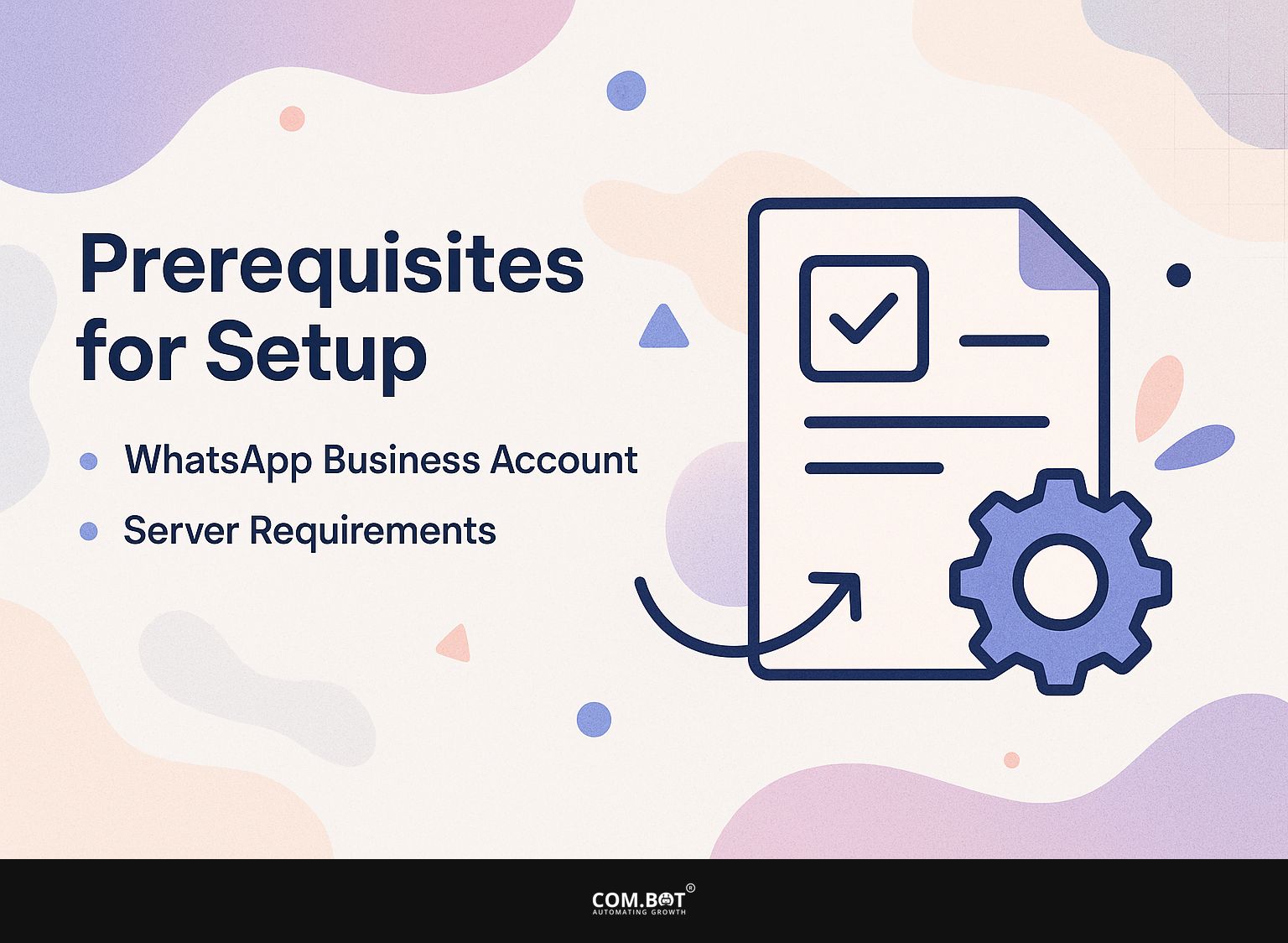
1. WhatsApp Business Account
Creating a WhatsApp Business Account requires a verified business presence, which involves providing official documents to WhatsApp for approval.
First, make sure you have a separate phone number for your business. Using your personal number can make handling communications more difficult.
Required documentation typically includes your business registration document and a tax ID or VAT number. Once you submit, it may take a few minutes or a few days for approval. After setup, improve your profile by including a business description, address, and website to build customer trust and interaction.
Think about using WhatsApp Business tools such as quick replies and auto greetings to make communication easier and make service more efficient.
2. Server Requirements
To set up the WhatsApp Business API, your server needs to meet certain criteria, such as having at least 2GB of RAM and a stable HTTPS setup. It’s important to use SSL/TLS for safe data transfer. Get certificates from well-known providers like Let’s Encrypt or DigiCert.
Your server should be running at least 99.9% of the time for smooth customer interactions; downtime can result in missed chances to communicate.
A dual-core CPU is suggested for processing tasks, and Docker containers can make setup easier. Check server performance often with tools like New Relic to make sure it handles traffic needs well.
Setting Up Your Webhook
Setting up a webhook means specifying your endpoint and making sure your app can handle notifications from WhatsApp correctly.
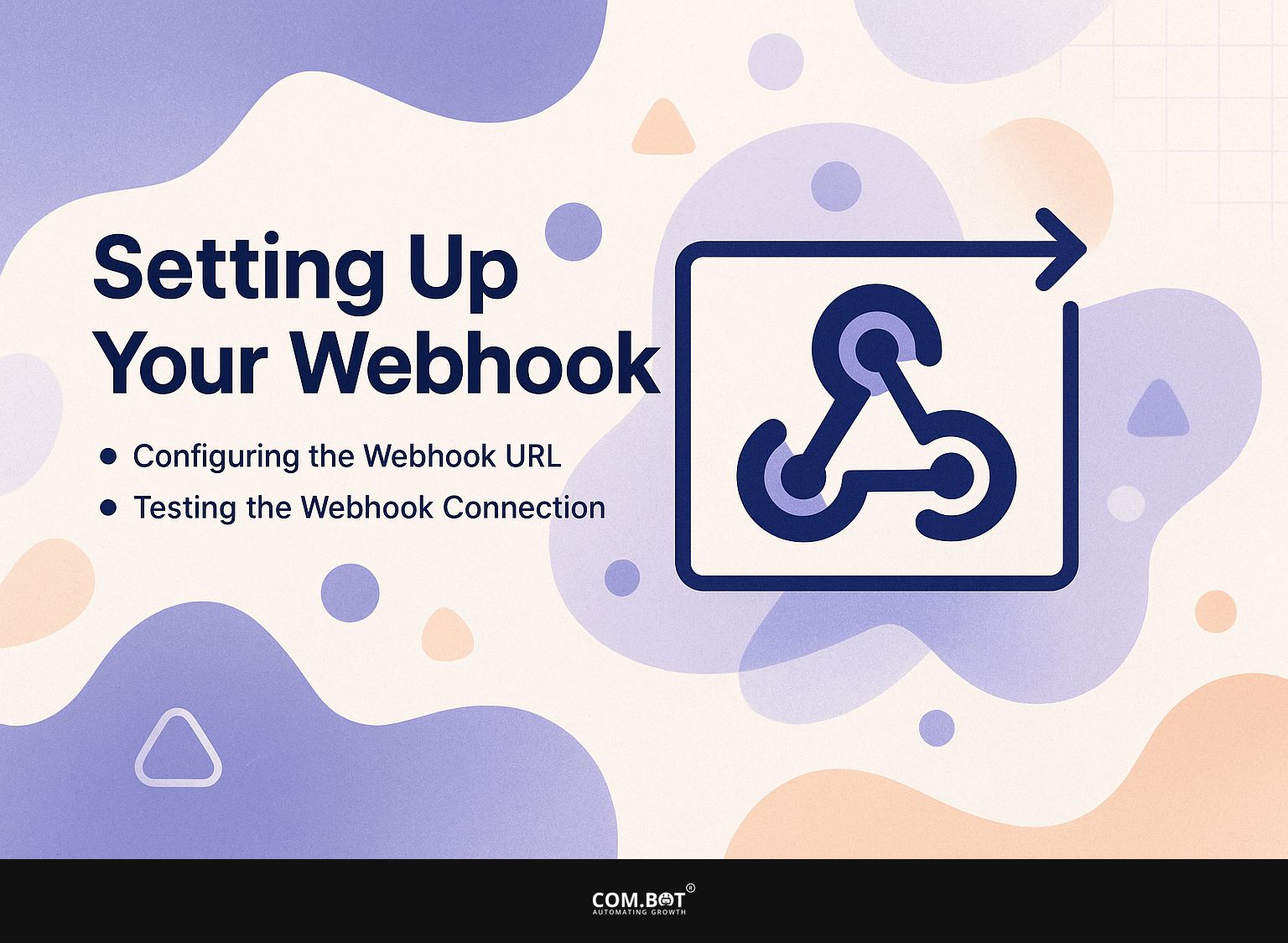
1. Configuring the Webhook URL
To configure your webhook URL, you’ll need to set up an endpoint that can receive JSON payloads from WhatsApp containing message notifications.
app.listen(3000, () => { console.log('Server running on port 3000'); });Once set up, test your endpoint using CURL: curl -X POST http:// /webhook -d '{"message": "Test"}' . Make your server accessible to the public, commonly done by using tools such as ngrok during development.
You can create this endpoint using Node.js. Start by installing Express:
npm install express
Then, create a simple server in app.js with the following code:
javascript const express = require('express'); const bodyParser = require('body-parser'); const app = express(); app.use(bodyParser.json()); app.post('/webhook', (req, res) => { console.log(req.body); res.sendStatus(200); }); app.listen(3000, () => { console.log('Server running on port 3000'); });Once set up, test your endpoint using CURL: curl -X POST http://<your-public-url>/webhook -d '{"message": "Test"}'. Make sure your server can be reached by the public, which you can do with tools such as ngrok during development.
2. Testing the Webhook Connection
It’s important to test your webhook connection to make sure your API endpoint properly receives and handles messages from WhatsApp. To effectively test your webhook, use Postman to send sample requests to your API endpoint.
Start by creating an example JSON body that follows the format of a WhatsApp message. Include essential parameters like “from,” “to,” and “body.”
Send the request and check the response to confirm receipt. If you encounter issues, troubleshoot by verifying your API URL, ensuring your server is running, and checking for any CORS errors. Logging incoming requests on your server can also identify where the process breaks down.
Handling Incoming Messages
To manage incoming messages from WhatsApp well, you need to know the different message types and how to read the data that comes with them.
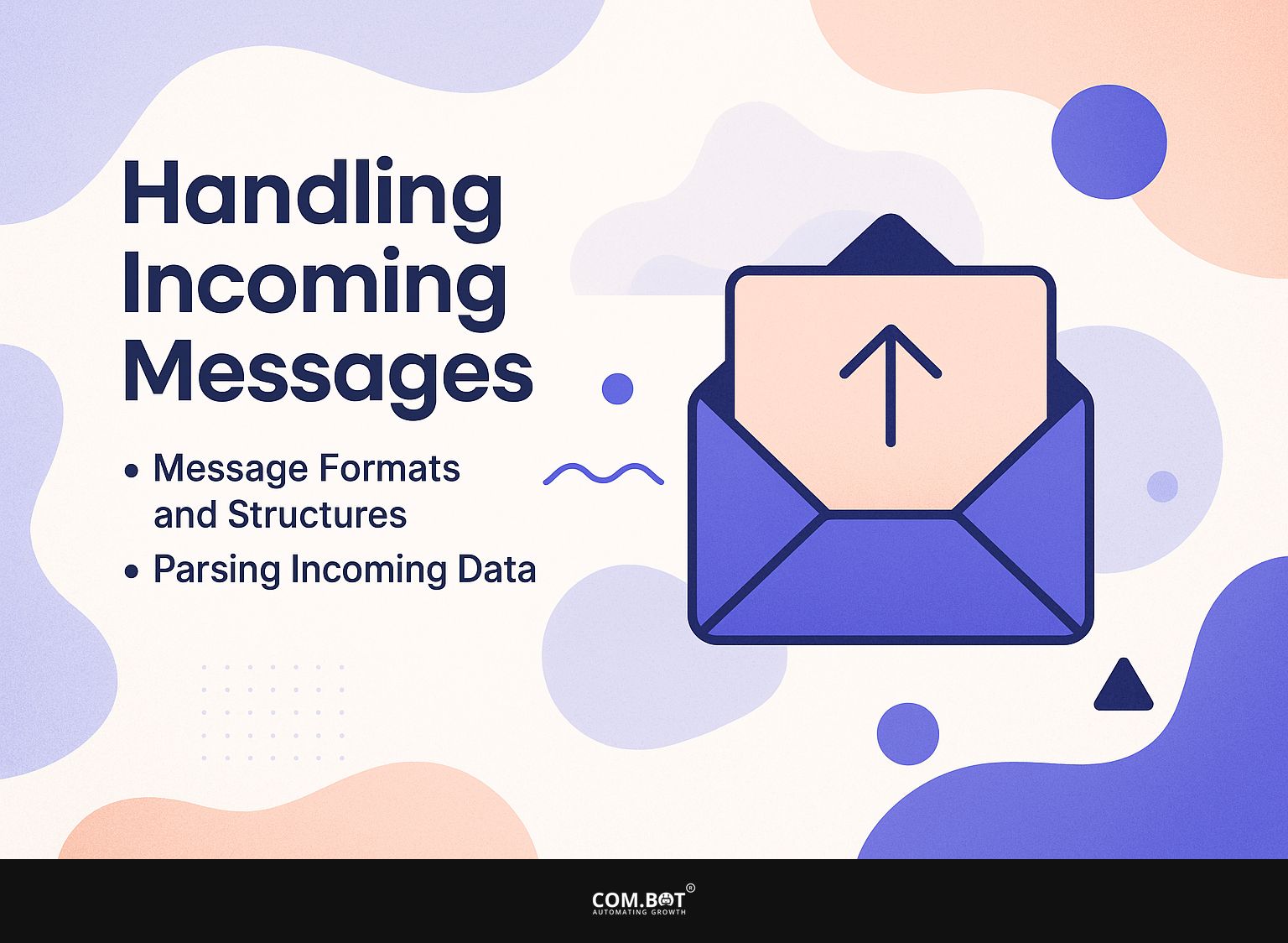
1. Message Formats and Structures
WhatsApp messages can come in various formats, including text, images, and buttons, each with distinct JSON structures for processing.
Image messages use a similar structure but include a “mediaUrl” attribute: {“type”image “mediaUrl”http://example.com/image.jpg”}. Knowing these formats helps developers make specific replies depending on what users say.
By specifying a button format like {“type”button “title”Get Info “payload”INFO_BUTTON”}, you can trigger specific actions or prompts. A clear answer improves user engagement and simplifies communication.
For instance, a text message JSON payload looks like: {“type”text “text”Hello!”}. Image messages use a similar structure but include a “mediaUrl” attribute: {“type”image “mediaUrl”http://example.com/image.jpg”}. Knowing these formats helps developers make responses that fit the user’s input.
When you identify a button setup like {“type”button “title”Get Info “payload”INFO_BUTTON”}, you can initiate specific actions or prompts. A clear response improves user interaction and makes communication smoother.
2. Parsing Incoming Data
Parsing incoming data from WhatsApp messages involves extracting relevant fields from the JSON payload to facilitate effective responses.
Message: ${messageContent}`);
res.sendStatus(200);
app.listen(3000, () => {
console.log(‘Server is running on port 3000’);
});
This code extracts the sender’s phone number and message content, enabling effective handling of incoming messages.
To accomplish this in Node.js, you’ll first need to install the express and body-parser packages. Start by setting up your server to listen for incoming requests. Then, use the following code snippet:
javascript const express = require('express'); const bodyParser = require('body-parser'); const app = express(); app.use(bodyParser.json()); app.post('/webhook', (req, res) => { const sender = req.body.messages[0].from; const messageContent = req.body.messages[0].content; console.log(`Sender: ${sender, Message: ${messageContent}`); res.sendStatus(200); }); app.listen(3000, () => { console.log('Server is running on port 3000'); });This code extracts the sender’s phone number and message content, enabling effective handling of incoming messages.
Best Practices for Webhook Management
Following recommended methods for handling webhooks helps keep operations safe and running smoothly, reducing chances of mistakes and security issues. For an in-depth understanding of these practices, consider our elaboration on handling messaging events with Azure, which provides valuable insights and techniques.
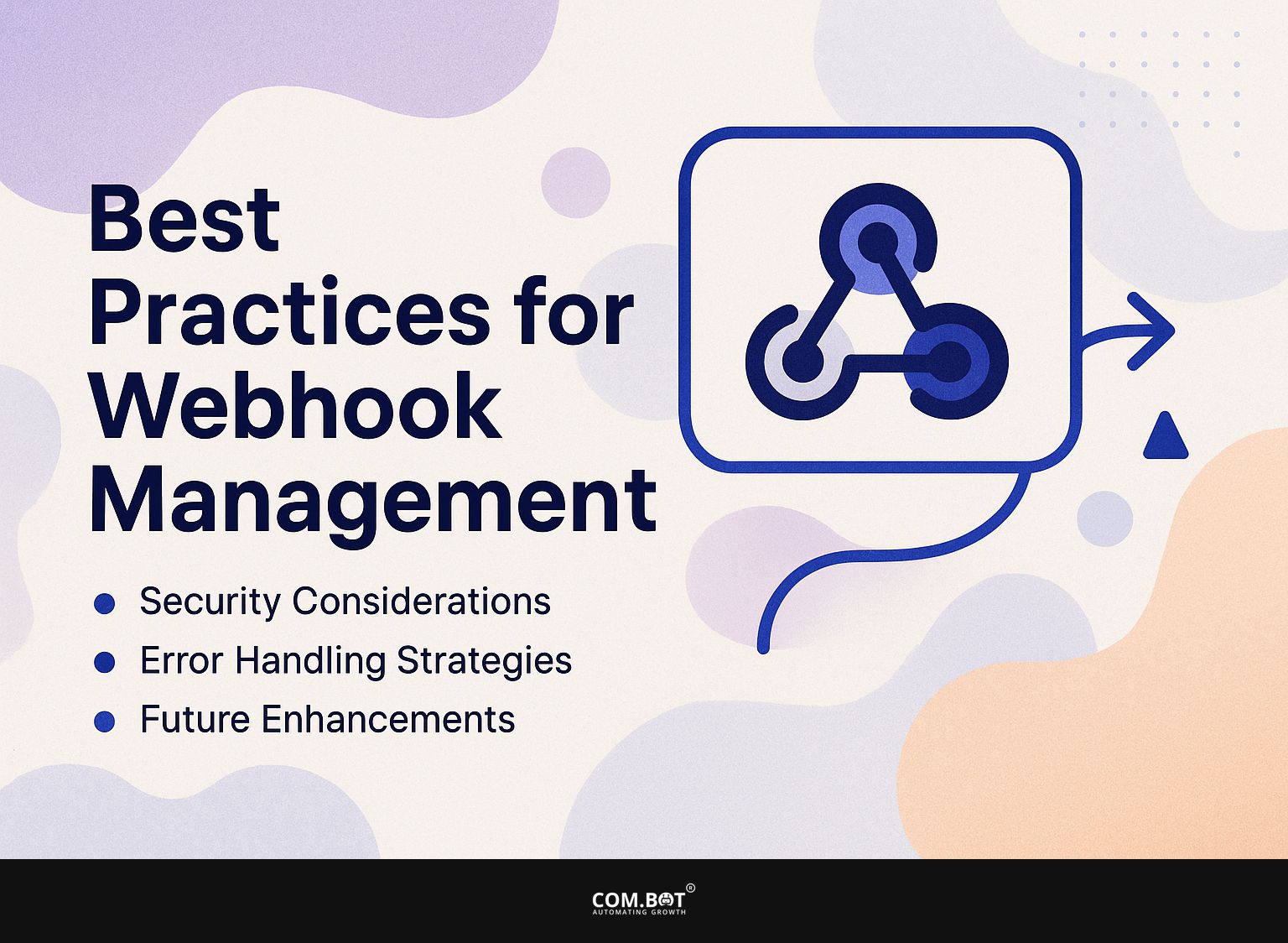
1. Security Considerations
To keep your webhook safe, make sure your endpoint uses TLS/SSL certificates and check incoming requests to stop unauthorized access. Using self-signed certificates can improve security, but you need to carefully handle which sources you trust.
Use HMAC (Hash-Based Message Authentication Code) to confirm data integrity by generating a signature for each payload sent to the webhook. Employ IP whitelisting to restrict access further; only allow requests from trusted sources.
By combining these methods, you create multiple layers of defense, reducing the risk of attacks and ensuring that only verified data reaches your systems.
2. Error Handling Strategies
Strong error handling methods are essential for keeping webhook operations reliable, enabling your system to recover smoothly from unexpected problems.
Including retry methods is important; for example, if a message doesn’t send, think about using a backoff plan-try sending the message again after longer breaks, like 1, 2, then 5 minutes. Record each error event with detailed information, timestamps, and affected data to help with problem-solving.
For example, if a webhook fails due to a 500 server error, your logs should capture the corresponding request data, enabling quicker resolution and pattern analysis. By studying these situations often, you can adjust your strategies and make the system stronger.
3. Future Enhancements
Upcoming improvements in webhook technology might offer improved error reporting, more scaling choices, and greater compatibility with new platforms.
To get ready for these changes, businesses should spend money on reliable web development tools that allow for flexible connections. For example, using platforms like Zapier or Integromat can make webhook connections easy without requiring a lot of coding.
Keeping up with API documentation from service providers will help you stay compatible with new features as they come out. Creating a habit of ongoing progress with regular training sessions helps teams quickly adjust, allowing them to make the most of their webhook setups.
Frequently Asked Questions
1. How do I set up webhook integration with WhatsApp API?
To set up webhook integration with WhatsApp API, you will need to configure your webhook URL in your WhatsApp Business account. This URL will receive incoming messages from your customers on WhatsApp.
2. What is a webhook and why is it important for WhatsApp API integration?
A webhook is a URL that receives real-time data from a specific source, in this case, WhatsApp. It is important for WhatsApp API integration as it allows your business to receive and respond to messages from customers in real-time, providing a seamless and efficient communication channel.
3. Do I need any technical knowledge to set up webhook integration with WhatsApp API?
While having some technical knowledge can be helpful, it is not necessary to set up webhook integration with WhatsApp API. You can easily follow step-by-step instructions and use online resources to configure your webhook URL and integrate it with WhatsApp API.
4. Can I use any type of webhook for WhatsApp API integration?
No, WhatsApp only supports HTTPS (secure) webhooks for API integration. Your webhook and WhatsApp communicate in a safe and encrypted way.
5. Is there a limit to the number of webhooks I can set up for WhatsApp API integration?
No, there is no limit to the number of webhooks you can set up for WhatsApp API integration. You can set up multiple webhooks for different purposes, such as receiving messages, sending messages, or receiving delivery receipts.
6. What happens if my webhook URL is not available when a message is sent to it from WhatsApp?
If your webhook URL is not available, WhatsApp will attempt to send the message to your webhook for up to 48 hours. After that, the message will be discarded, and WhatsApp will not retry sending it. Make sure your webhook URL is always accessible for easy communication with your customers on WhatsApp.
